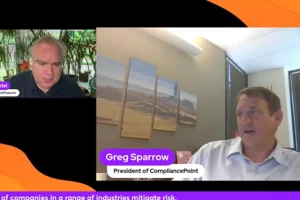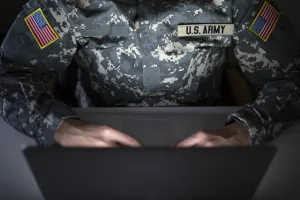The Dos and Don’ts of Express Written Consent
Have you ever gone to a festival or basketball game where you fill out your name and phone number on a form to obtain a small prize or be entered to win a contest and later you are bombarded with phone calls and texts from multiple phone numbers? Federal regulators have facilitated regulations for businesses to obtain consent properly.
Businesses that place calls and text messages to consumers should be aware of how to gain the appropriate prior express written consent (EWC) before placing any advertising calls or sending text messages to consumers, especially if those calls or texts are being placed with a dialing system that could be considered an automatic telephone dialing system (ATDS).
The Telemarketing Consumer Protection Act (TCPA) defines prior express written consent as:
“An agreement, in writing, bearing the signature of the person called that clearly authorizes the seller to deliver or cause to be delivered to the person called advertisements or telemarketing messages using an automatic telephone dialing system or an artificial or prerecorded voice, and the telephone number to which the signatory authorizes such advertisements or telemarketing messages to be delivered.”
The federal requirements also provide examples of what is required for express written consent to be considered valid.
What is Needed:
- Signature of the consumer to be called/texted (can be in electronic or digital form)
- Telephone number to which the signature authorizes calls/texts
- Clear and conspicuous disclosure informing the person that the agreement authorizes the seller to call using an ATDS and/or prerecorded voice
- Statement that consumer is not required to sign agreement as a condition of purchase
For prerecorded messages, the Telemarketing Sales Rule (TSR) requires the seller to obtain permission directly from the recipient of the call. The seller cannot rely on third parties or lead generators to obtain permission.
What is a Clear and Conspicuous Disclosure?
A “clear and conspicuous” disclosure means that the information in the disclosure is presented in a way that is difficult to miss and that ordinary consumers will easily notice and understand, so that required disclosures are communicated as effectively as the sales message.
When written, clear and conspicuous information must be printed in the same language(s) as the sales offer(s) in a type size that a consumer can readily see and understand; that has the same emphasis and degree of contrast with the background as the sales offer; and that is not buried on the back or bottom, or in unrelated information that an ordinary consumer wouldn’t think important enough to read.
What to Avoid:
- Hidden, small, pale, or non-contrasting font type
- Any font type that is illegible to the average consumer
- URL partner links that list hundreds or thousands of companies
Takeaways
Federal regulators are staying vigilant when it comes to gaining proper prior EWC and are continuing to discuss the specifics of what is considered acceptable when it comes to EWC. With the increase in technology and AI, businesses should ensure that they maintain thorough records of the EWC they obtain from consumers and are able to provide evidence of this if challenged by a regulator or consumer.
If you have any questions about the dos and don’ts of express written consent, please contact us at connect@compliancepoint.com.
Finding a credible expert with the appropriate background, expertise, and credentials can be difficult. CompliancePoint is here to help.





